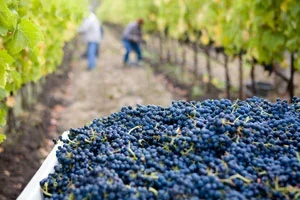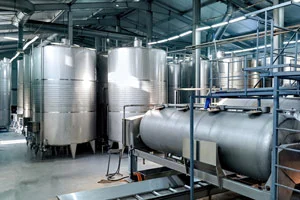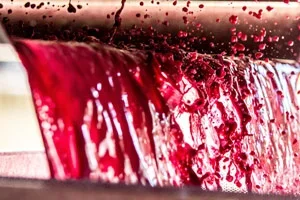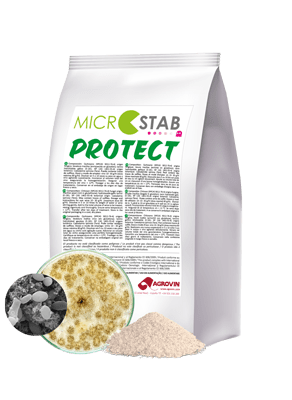CHARACTERISTICS
Specific preparation, which combines antimicrobial, antioxidant and antioxidase properties, making it an effective tool for reducing sulfur levels during winemaking.
- It substantially reduces or eliminates Brettanomyces populations, reducing the risk of alterations due to the presence of this contaminating yeast. Effectively reduces Brettanomyces and lactic acid bacteria populations. Like any other antimicrobial, the reduction of populations depends on the microbiological load.
- Antioxidant and oxidation protection effect. Natural antioxidant effect, protects the aromatic fraction and limits the browning of the
- Inactive oxidation catalysts. Reduces the activity of oxidative enzymes, responsible for the oxidation of phenols.
- Reduces metal content (Fe and Cu).
Specific preparation, which combines antimicrobial, antioxidant and antioxidase properties, making it an effective tool for reducing sulfur levels during winemaking.
- It substantially reduces or eliminates Brettanomyces populations, reducing the risk of alterations due to the presence of this contaminating yeast. Effectively reduces Brettanomyces and lactic acid bacteria populations. Like any other antimicrobial, the reduction of populations depends on the microbiological load.
- Antioxidant and oxidation protection effect. Natural antioxidant effect, protects the aromatic fraction and limits the browning of the
- Inactive oxidation catalysts. Reduces the activity of oxidative enzymes, responsible for the oxidation of phenols.
- Reduces metal content (Fe and Cu)
APPLICATION
Treatment of fermentation stops to avoid the consumption of must sugars by lactic acid bacteria (lactic starch) and to reduce the risk of volatile acidity increase.
End of alcoholic fermentation to control the microbial load, protect aromas and delay the evolution of the wines.
Malolactic fermentation control (MLF): delays or inhibits malolactic fermentation. Once racked, malolactic fermentation can take place after inoculation with lactic acid bacteria.
“Delayed MLF after alcoholic fermentation in red winemaking, enabling work with micro-oxygenation.
“lnhibition of malolactic fermentation in the production of young white and red wines, in order to preserve acidity.
Microbiological stability of the bacterial population in red wines after malolactic fermentation, reducing the dose of SO2 used during wine preservation.
Aging on lees and finished wine. For control of microbial load, protection of aromas and delay of wine evolution.
Must and wine clarification.
Reduction of metal content (Fe and Cu).
DOSAGE






